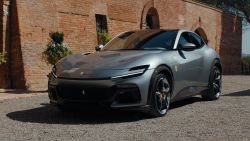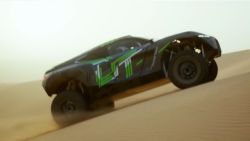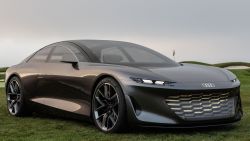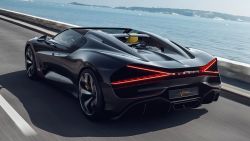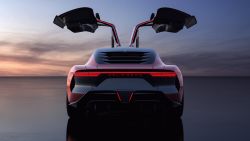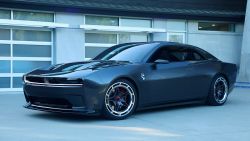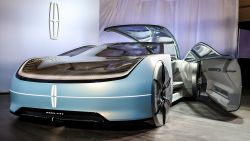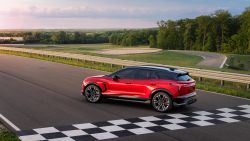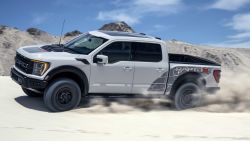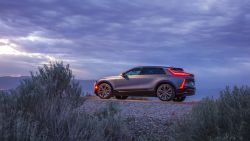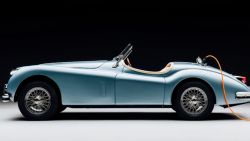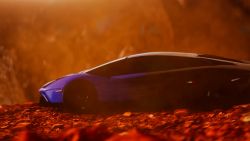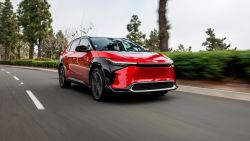Just in case you were worried electric cars were going to be boring, Porsche made the Taycan. It isn’t perfect and, yes, it is expensive, but it is absolutely not boring.
Sure, Tesla offers the aptly named Ludicrous Mode that can launch a Model S from a dead stop to 60 miles an hour in something gut-twistingly close to two seconds. That is also not boring.
But the Porsche Taycan Turbo S can get to 60 almost as fast as a Tesla and it can rip through a twisting canyon road at high speed as easily as cruising a beachfront boulevard. Except it’s way more exciting than cruising a beachfront boulevard.

Despite having back doors, the Taycan is a 750 horsepower sports car that takes full advantage of the performance potential offered by electric power while mitigating its downsides – like size and weight, for example. The Taycan has four doors not just for convenience, but because all that power and competitive driving range requires lots of batteries. To make room for them, the Taycan is 18 inches longer than a Porsche 911 Turbo, a gas-powered car with similar performance. Since the extra size was needed anyway, why not add roomier back seats and back doors, too?
With that added length, the batteries can be low down in the car’s floor, giving it the lowest possible center of gravity. Batteries do add considerable mass, of course, so the Taycan weighs over 1,200 pounds more than the 911 Turbo.
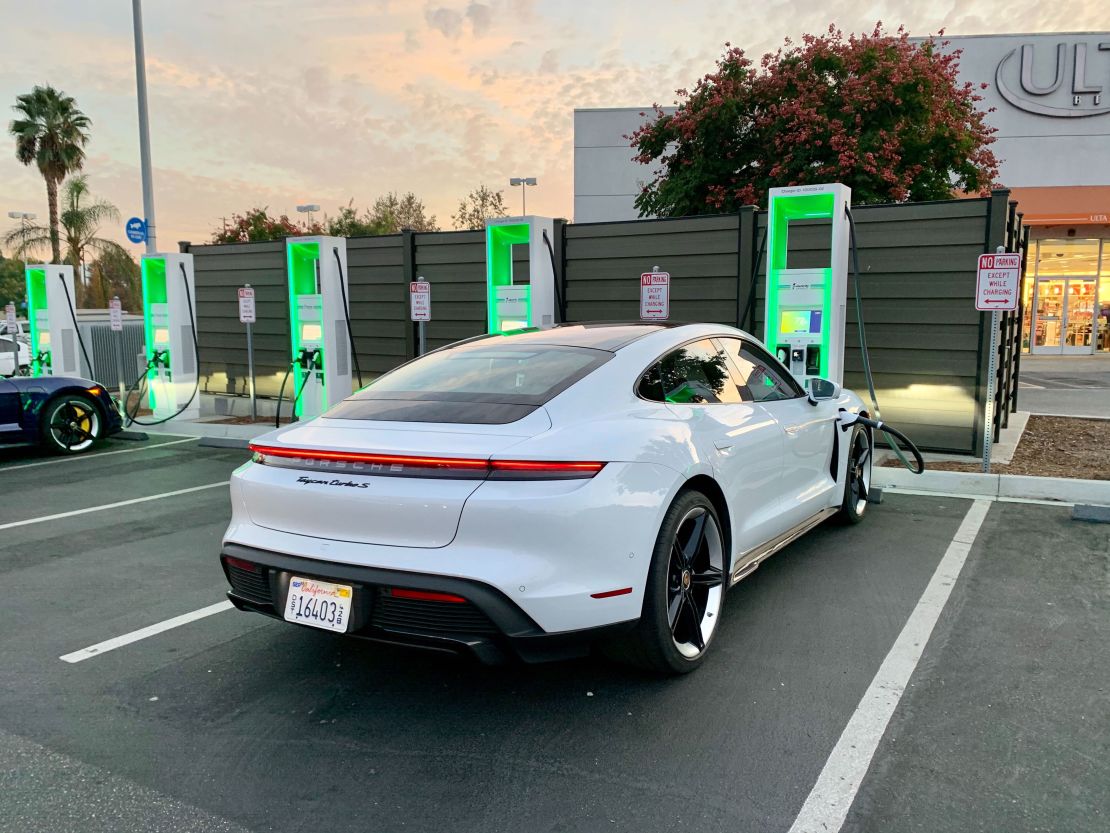
The Taycan handles its heft marvelously, though. It doesn’t feel like a gasoline-Porsche, but that is not a bad thing. In normal driving – when you’re not using the car’s hard-accelerating “Launch Mode” – its motors produce an ample 617 horsepower.
The steering and brakes both provide great feedback and feel natural. The brakes, which are enormous, are particularly impressive. All-wheel-drive helps. The Taycan has two electric motors, one driving the front wheels and another the back. It also has smart electronics to dole out power, moment by moment, to front or back wheels. That’s not a new idea of course, but with the mechanical simplicity of electric drive it can be done even more instantly and seamlessly than on other all-wheel-drive cars.
Something I really did wish for, though, was steering wheel paddles like the shifter paddles on Porsche’s automatic transmission sports cars. Obviously, there are no gears to shift in an electric car. (The Taycan has a second gear for quick take-offs but it shifts automatically and seamlessly.) But some electric cars have paddles that control regenerative braking – a system that keeps the electric motors connected to the wheels when the driver lifts off the accelerator, allowing the wheels to spin the motors rather than the other way around. That slows the car while also generating electricity that’s fed back into the batteries.
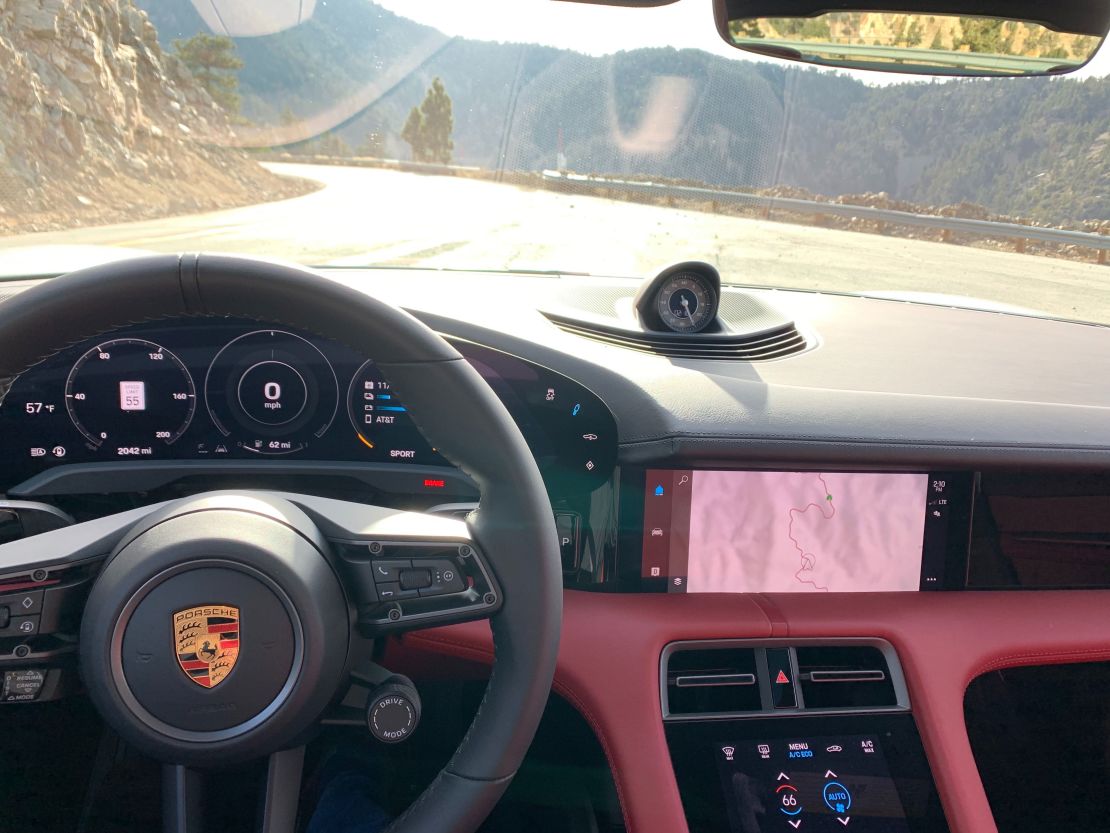
This can allow one-pedal driving through city streets since there’s no need to use the brake pedal to slow down, but it can also mean more fun on a curvy road. The driver can slow down for the curves, then accelerate on the way out using a single pedal. It’s like downshifting a gasoline car. It’s one of the great things about driving an electric car.
The Taycan does have a small button in the steering wheel to turn on automatic regenerative braking, but paddles would be easier to use and would allow the driver to increase or decrease how much motor braking to use. It would make a fun car even more fun.
I have other quibbles, too. The Taycan’s touchscreen user interfaces for things like the navigation and stereo are both visually unattractive and needlessly difficult to use.
Also, the cost is high. Prices for the Porsche Taycan Turbo S start at $185,000 and the one I drove cost nearly $200,000. Porsche has recently unveiled less expensive Taycan models starting at closer to $100,000.
You may have an issue with the fact that the Taycan Turbo S’s name has the word Turbo in it. It obviously does not have a turbocharger, which pumps air into an internal combustion engine – as the 911’s turbo does. But these days Porsche uses the name Turbo to connote a high level of performance.
I’m OK with it. And if you ever get to drive a Porsche Taycan Turbo S, I promise you’ll be OK with it, too.



